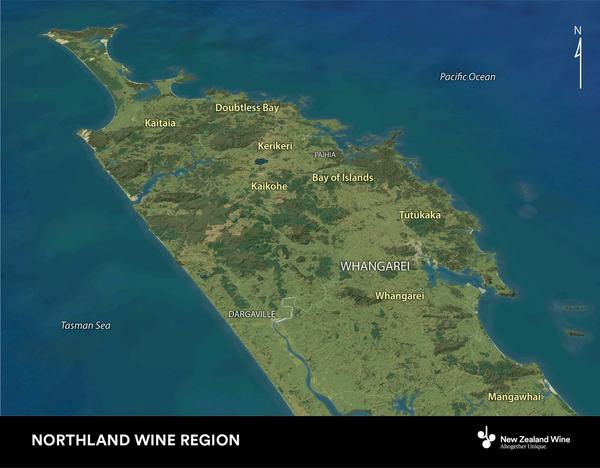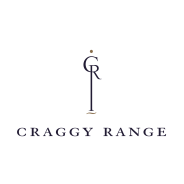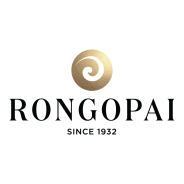
Northland
Its northern location and close proximity to the sea give the Northland region an almost subtropical climate – humid, sunny and warm.
Key statistics
76
<1%
25

Characteristics
About the region
As its name implies, Northland is New Zealand’s most northerly region, with pockets of winegrowing stretching from Karikari in the north, to Mangawhai in the south. Northland’s long, narrow shape means there is nowhere further than 50 kilometres from the ocean, and its northerly latitude delivers as close to a subtropical climate as is found in New Zealand. Beyond this, Northland’s soils, vineyard aspects and microclimates are all unique, creating a diverse collection of wine styles from a wide range of varieties. Vineyards are generally clustered in the coastal areas around Whangarei, the Bay of Islands and Kaitaia, taking advantage of both the flatter coastal land and tempering sea breezes.
Northland has a long history of winegrowing, with the country’s first vines planted in the Bay of Islands in 1819 by the missionary Reverend Samuel Marsden. Plantings remained relatively small until the late 1800s when the Croatian gumdiggers arrived, establishing New Zealand’s earliest wine industry, one focused on a strong trade in fortified wines - a style well suited to Northland’s production of ripe, richly flavoured grapes. Many present day producers across New Zealand can still trace their roots back to Northland.
Northland’s tropical fruited Chardonnays, popular Pinot Gris and intensely flavoured Viogniers are leading the region’s white wine growth. A variety of red wines are produced canvassing spicy Syrah, stylish Cabernet and Merlot blends, peppery Pinotages and even the seldom-seen Chambourcin.

















